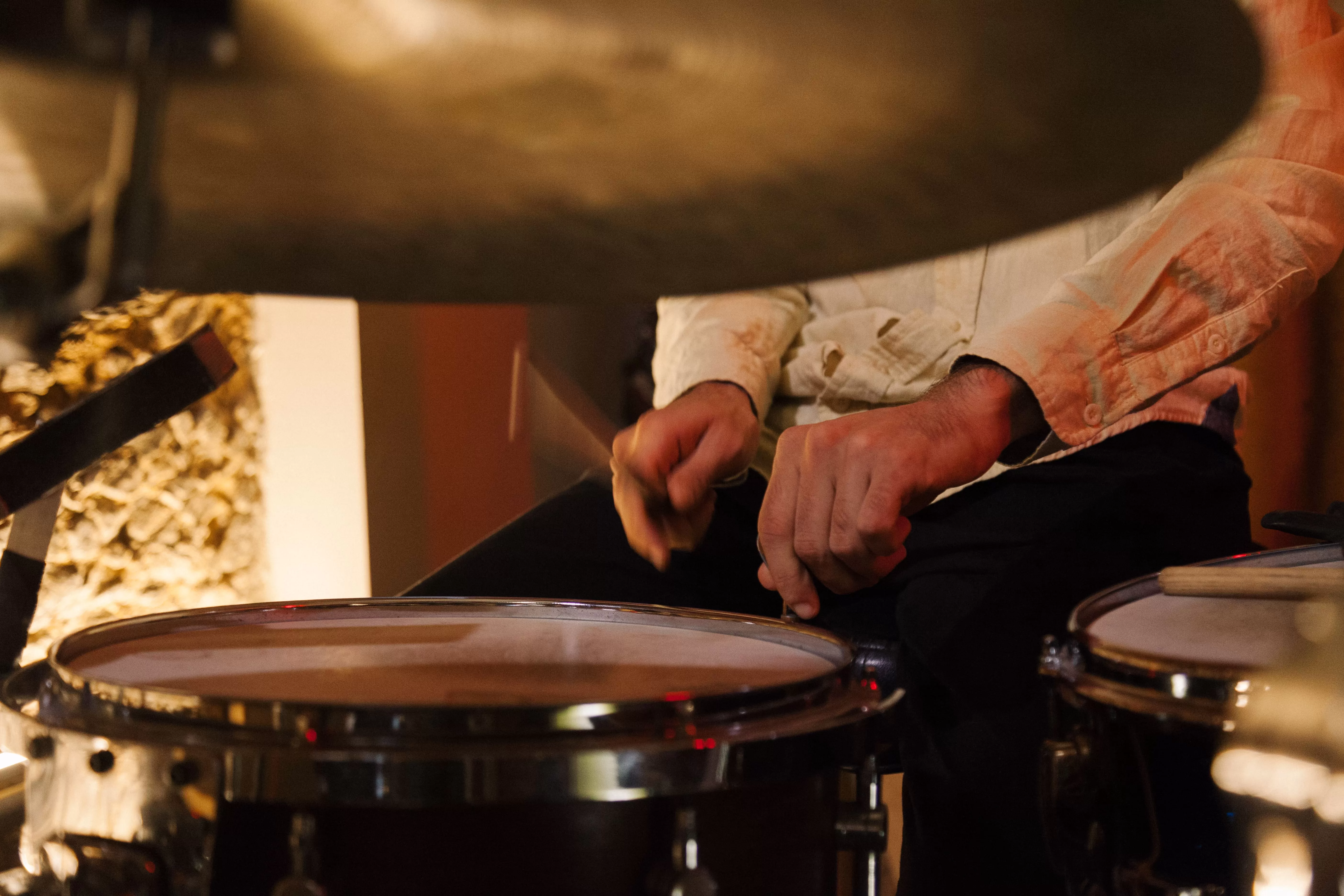
Anchal Sethi /
The Drum: A Storyteller and Generator of Life
The Drum: A Storyteller and Generator of Life
Written by Lucas Fixel
In the Afroamerindiginous-Brazilian ancestral traditions, the drum is much more than just a musical instrument – it is a true storyteller and messenger of the cosmogonies that coexist in Brazil. It brings life and rhythm to the vastness of narratives and cultures. However, I suspect that something similar happens in other parts of the world as well. You don’t need to look far to see this: just look around, 100 meters away from where you are, and you’ll likely find something that resonates with this idea.
This reflection leads me to a provocation: if the drum has a voice, why don’t we always hear it? Why do we get so impressed with techniques, able to describe them easily, but when something truly moving happens on stage, it is almost indescribable? Why is the search for the “best instrument” so strong, knowing that sometimes it’s someone tapping on a dinner table that can make us cry?
Just like in the traditions of my land, I teach my drum to speak. I take care of it, I revere the instrument, and I am grateful for the opportunity to share life with it as we tell stories around the world.
You might be thinking, “This is all very beautiful, but how does this work in practice?” Well, nothing I’m going to share here was invented by me, nor is it something recent. These are ancient practices, and perhaps I’m only bringing them to you from my perspective. But they aren’t the only ones. Remember the exercise of the 100 meters? It is the starting point, the first step to integrating music into your daily life.
Exercise 1: Observe What’s Around You
Ask yourself every day: what is happening around me in the 100 meters surrounding me? What pedagogies and methods emerge? To be an artist, it’s essential to observe, feel, and reflect.
Every musical material has a story. Nothing comes from nothing. If you imagine an infinite spiral of events, you’ll see that they don’t collide, but rather intersect, hitting the same angles and forming what we call a cycle. And cycles are everywhere, just like rhythm.
Exercise 2: More Than the Sound
Learn at least one thing beyond the sonic shape (I prefer the word “shape,” instead of “pattern,” to describe music). Ask yourself questions like: Who is playing? What is her name? Where does she come from? What is the place she comes from like? What is the history of that place? How does she produce sound with the instrument? How is the drum tuned?
These questions are endless. You’ll notice that the grooves, which once seemed simple, now gain nuances beyond just the sonic material. I use the term “sonic material” to refer to sound because words like “music,” “rhythm,” and “harmony” carry much more than just sound.
Exercise 3: Teach Your Drum to Speak
Now that you and your drum are connected, it’s time to teach it to speak. Just like we learn our cosmogonies as children through stories told by our family – whether for bedtime or in daily life, through words, gestures, memories, and expressions – your drum also needs narratives to express itself.
One way to do this is:
- Choose a narrative. It could be something from your life, a book you’ve read, an ancestral story, or even a feeling you’re experiencing in the moment. Connect deeply with the story and allow it to affect you. When you’re ready, start playing, but don’t just think of “producing sound.” Play in a broader sense, like you would touch a fruit or a ball – without defined patterns, full of irregularities and instabilities. The idea of “error” disappears in this process, because “error” only inhibits the drum’s learning. You begin to create new ways of playing and explore sounds you’ve never tried, freeing yourself from the pressure of getting it “right” and simply telling a story.
- Now, let’s help the drum name what it feels. If the story begins serenely, for example, what brings you serenity when you’re playing? What does serenity sound like? Try describing that feeling and then apply it to the drum: which part of the drum or cymbals do you find that sound in? Is it dry, velvety, sharp, full of harmonics?
Do this exercise every day for a few minutes, and your drum will begin to learn to express what it feels.
- To tell a story, more layers are needed. Your drum needs to speak! How do you teach it to do that? Just like when we learn to say our first words, you need to teach your drum to speak. Now that you’re connected, you can start copying, observing around you, and imitating what you see and hear. How?
Through friends, shows, workshops, albums, videos, theater, dance, and much more. Start now: choose a groove you want to learn, listen to it enough to be able to sing it, dance it, feel the pulse and subdivision, and keep singing.
Identify the parts of the instrument being played, recognize what each part of your body is doing, how the subdivision is being played, where the accents are placed. Play the parts separately and then add layers without losing the groove.
But be careful: everything we learn in life has meaning, expressiveness, and is connected to our feelings. Teaching only the sonic form to the drum might seem like a shortcut, but it would turn your drum into a soulless imitator, without life.
Final Exercise: The Journey of a Lifetime
The last exercise for a lifetime: with every song you and your drum play, ask everything. Just like when we meet someone new who intrigues us, take a deep interest in the songs. If you’ve been accompanying your drum throughout life, it will bring all these layers into your art, and over time, you’ll discover so much more.
About Lucas:
Lucas is a drummer, composer, and music producer from Rio de Janeiro whose work is rooted in Afro-Indigenous traditions and rich rhythmic storytelling. His musical journey began in the Protestant church, symphonic bands, samba groups, and traditional Brazilian music.
At 17, Lucas moved to Spain to study jazz performance at SPJ, collaborating with global artists like Roman Filiu, Célia Mur, Paco Charlin, and Logan Richardson. After returning to Brazil, he earned a degree in musical arrangement from UNIRIO and joined a jazz and rock exchange program at Örebro University in Sweden.
Currently, Lucas performs with multiple artists, works as a producer and music director, and is celebrated for his original work Entorno(a)—a project showcasing his passion for improvisation and genre-blending creativity. We’re thrilled to have Lucas as faculty at Global Music Institute!
Read More
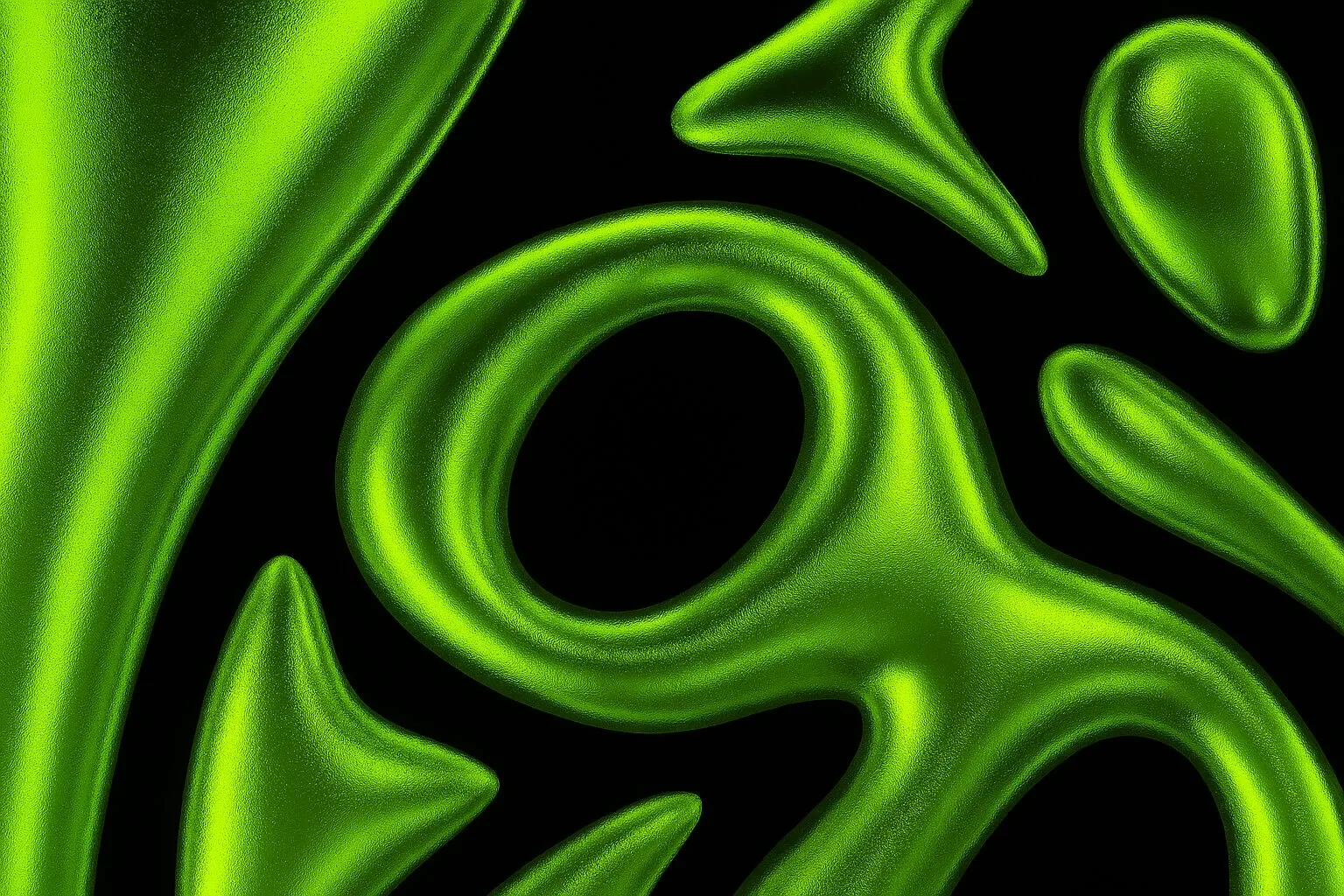
Anchal Sethi /
The World of Breakcore
Written by Mrigank Singh; Edited by Sohaib Durrani
If I were to claim that Herbie Hancock had produced a drum & bass track, I might be met with skepticism, if not outright laughter. But Panepha says otherwise, it’s a track Herbie did with Method of Defiance on their Experimental Electronic album Inamorata.
The LP has a raw intensity. It is chaotic and aggressive, with smooth musical interplay between its production and performative elements. There is fluidity not just in its musical call and response but also the transitions between the different tracks within the album which feature revered artists across various different styles and genres. Karsh Kale on Aether meshing Tabla with drum breaks and Buckedhead on Babylon Decoder and Humanoid to name a few.
This goes to show the potential in DnB and Breakbeat and its versatility, to be able to blend and break genre boundaries to say the least. A common thread throughout the article will be decoding the artist’s intent looking at the synergy between the production, composition and performative work to discover that very potential.
Breakcore however takes things even further, being abbreviated from Breakbeat Hardcore. Andrew Whelan puts it the best,
“Breakcore is a post-rave hybrid musical style privileging percussive intensity and complexity, which draws, among other things, on 8bit or chip tune music, drum & bass, gabber techno, heavy metal, hip-hop, IDM, industrial and jungle”
(Whelan)
Producers can take on varying aesthetics with the genre.
Let’s start off with Christoph de Babalon’s haunting dark ambient soundscape in My Confession, the song starts off with introducing us to the recurring atmospheric theme that sets the tone, followed by constant and intricate drum breaks, with what feels like a secondary motif with the choked hats that catch the listeners attention. Christoph successfully conveys dread and horror, as he set out to do.
“Everybody was raving a little bit back then I guess, but I hated this ‘positive’ bullsh*it at the time. I wanted to express darkness and terror.”
(“Introversion And Terror: Christoph De Babalon Talks – Ransom Note”)
Venetian Snares’ Hajnal seamlessly blends orchestral works with frenetic breakbeats, creating an aesthetic dissonance quite reminiscent of Igor Stravinsky’s work, something that seems to be intended with the choice of sampling, ‘Three Pieces for Solo Clarinet’ (Stravinsky), perhaps used as pastiche. His work on Rossz Csillag Alatt Született highlights the highly sample based nature of breakcore, not just for the drum breaks but for orchestral, harmonic and melodic elements as well, opening up the conversation about the perception of electronic music and musicians by the industry and its stakeholders. This tension mirrors the larger debate about composition in electronic music—how much of it is ‘arranged’ versus ‘produced’?
“producer has rather distant and anonymous qualities: one does not generally speak of ‘bedroom musicians’ or ‘bedroom composers’ ”
(Whelan)
Whelan speaks of how electronic music is considered to be “produced” rather than “arranged” or “composed”, even though all three operate in tandem, especially in today’s day and age. Hopefully this perception shall get blurrier moving forward as genre boundaries get thinner and musicians develop more skills, collaborate and experiment.
This becomes apparent when looking at Igorrr, an artist that fuses breakcore with heavy metal and baroque music. His song Tout petit moineau, is a great example of artist collaboration with other performers to compose new material rather than just sample, as he collaborates with Benjamin Violet and Laure Le Prunenec for strings and guitars respectively. Their operatic vocals and subtle strings add to the song’s aesthetic and texture in an organic fashion, demonstrating how their approach further challenges the traditional distinction between a ‘composer’ and a ‘producer’. However it is important to note that even then, Igorrr doesn’t shy away from sampling completely as the main piano melody is taken from Beethoven’s Piano Trio in E-flat major, Op. 1 No. 1.
A still from ‘Downgrade Desert’ by Igorrr; Image Copyright: Svarta Photography
Sampling as a practice is engrained in Breakcore and DnB’s DNA, and shying away from it would be antithetical to the sound itself which is bolstered by the fact that sampling led to the conception of these genres as we know them. All of the songs in the article have the Amen Break (The Winstons), in fact it is safe to say that it is the signature sound of the genre itself.
Drum Transcription of the Amen Break
“these artists gravitated toward the short drum solo on ‘Amen, Brother,’ a 1969 B-side by a Washington D.C. soul outfit called The Winstons. So essential that it’s almost impossible to conceive of jungle or drum & bass without it, the Amen Break is the percussive backbone of countless tracks and the source of many of the genre’s idiosyncrasies.”
Finally, there’s a new wave of modern breakcore that’s made the genre more synonymous with hyperpop and glitchcore, in many ways differing notably in spirit from what’s come before, in the same way that phonk is now synonymous with dance music rather than trap (Ward et al.). Artists like Goreshit and Sewerslvt take a more textural, lo-fi approach, often incorporating elements of shoegaze and vaporwave into their sound.
This is the sound that may very well be associated with Breakcore by future audiences. It’s a thought that I personally found somewhat disconcerting—not because this new sound is lacking in quality, but because I had hoped for the legacy of older Breakcore and its defining sonic characteristics to be expanded upon and refined, rather than undergoing a fundamental shift. However, I later came to realize that this perspective was both misguided and somewhat immature. I found solace in the understanding that the music I love and admire will always be there for me to revisit, and that resistance to change is a natural human tendency—one that shouldn’t dictate the evolution of musical genres.
This transformation of Breakcore—its evolution from underground experimentalism to new mainstream influences, can be understood through the concept of Genre Synecdoche and Genre Drift. Just as DnB and jungle borrowed from jazz and reggae, modern Breakcore borrows from pop, classical, and internet culture, redefining itself with each generation.
The question of whether electronic musicians are “producers” or “composers” will likely persist, but as genre boundaries blur, so too will these definitions.
Works Cited:
Defiance, Method Of. Panepha. 1 Oct. 2007, https://audio-ssl.itunes.apple.com/itunes-assets/AudioPreview125/v4/4b/ee/8f/4bee8fba-c25f-f57a-c4f3-46bb3a4718c3/mzaf_9192422114100256487.plus.aac.p.m4a.
“Introversion And Terror: Christoph De Babalon Talks – Ransom Note.” Ransom Note, https://www.facebook.com/theransomnote, 19 Aug. 2021, https://www.theransomnote.com/music/interviews/introversion-and-terror-christoph-de-babalon-talks/.
Snares, Venetian. Hajnal. 14 Mar. 2005, https://audio-ssl.itunes.apple.com/itunes-assets/AudioPreview115/v4/17/9c/a7/179ca7cf-91f1-d7ac-c928-2c89c12092c7/mzaf_3794742425809494626.plus.aac.p.m4a.
Stravinsky, Mats Lofving &. Igor. 3 Pieces for Solo Clarinet. 1 Jan. 1989, https://audio-ssl.itunes.apple.com/itunes-assets/AudioPreview211/v4/77/1b/0b/771b0b58-0588-6b6b-28cc-f8235c746e9c/mzaf_10902709133015283480.plus.aac.p.m4a.
Whelan, Andrew. Breakcore. Cambridge Scholars Publishing, 2009.
Tagg, Philip. “Towards a Sign Typology of Music.” (2015).
Ward, Andy, et al. “How a Global Crisis, Drift Racing and Memphis Hip-Hop Gave Us Phonk – the Music of the TikTok Generation | UniSC | University of the Sunshine Coast, Queensland, Australia.” UniSC | University of the Sunshine Coast, Queensland, Australia, https://www.usc.edu.au/about/unisc-news/news-archive/2024/april/how-a-global-crisis-drift-racing-and-memphis-hip-hop-gave-us-phonk-the-music-of-the-tiktok-generation? Accessed 10 Mar. 2025.
Defiance, Method Of. Aether. 1 Oct. 2007, https://audio-ssl.itunes.apple.com/itunes-assets/AudioPreview118/v4/b6/b4/1c/b6b41ce2-3751-5e46-56db-ae80360a1db0/mzaf_4705716815127854381.plus.aac.p.m4a.
—. Babylon Decoder. 1 Oct. 2007, https://audio-ssl.itunes.apple.com/itunes-assets/AudioPreview128/v4/7c/5b/c1/7c5bc116-dbd5-707a-c0bd-6822c052b42b/mzaf_1756535191421159033.plus.aac.p.m4a.
—. Humanoid. 1 Oct. 2007, https://audio-ssl.itunes.apple.com/itunes-assets/AudioPreview125/v4/40/fb/2b/40fb2b5d-bea9-42f2-54a5-65633945e8c8/mzaf_9510449364640363637.plus.aac.p.m4a.
The Winstons. Amen, Brother. 15 Dec. 1969, https://audio-ssl.itunes.apple.com/itunes-assets/AudioPreview125/v4/56/71/6f/56716f11-75a4-8f81-7903-ee9e5a7cfae3/mzaf_7127082136266884505.plus.aac.p.m4a.
Rihn, Joe. “Beatport’s Definitive History of Drum & Bass.” A Platform for and by Music Creators | Beatportal, https://www.beatportal.com/articles/4445-beatports-definitive-history-of-drum-bass. Accessed 29 Mar. 2025.
Goreshit. Fine Night. 1 Nov. 2011, https://audio-ssl.itunes.apple.com/itunes-assets/AudioPreview125/v4/5b/18/b3/5b18b337-d5d7-909c-5caf-36c7c34eb5b5/mzaf_4055129869456060747.plus.aac.p.m4a.
Read More

Anchal Sethi /
Online Career Summit 2025: Empowering Careers in Music
Read More

Anchal Sethi /
Messages (Paigam) From The Mystics: A conversation with The Tapi Project
Read More
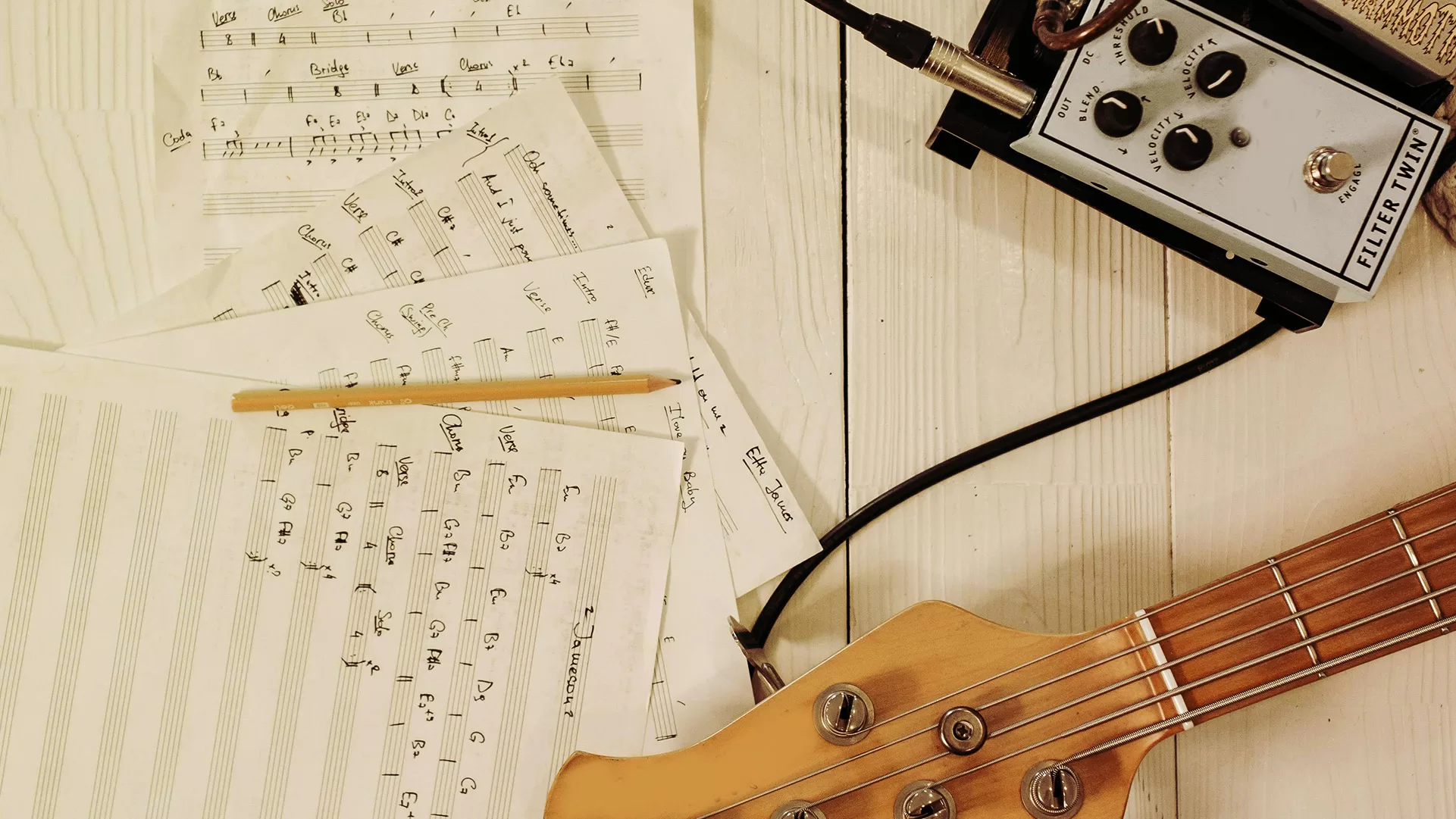
Anchal Sethi /
Storytelling in Songwriting: Two Techniques for Writing Compelling Lyrics
music education Greater Noida How to Write Compelling Lyrics music storytelling Creative Songwriting Strategies songwriting tips Storytelling in Songwriting Contemporary Music Education Delhi sensory songwriting Songwriting Techniques Recoloring Your Chorus creative songwriting Sensory Details in Lyrics Music Storytelling Techniques lyric writing Show Don’t Tell in Songwriting Music Industry Blog India storytelling in music Emotional Songwriting Tips contemporary music Music School Greater Noida music industry insights GMI Songwriting Workshop Global Music Institute Delhi music school Lyric Writing Guide GMI blog Indian Music School Songwriting
Read More
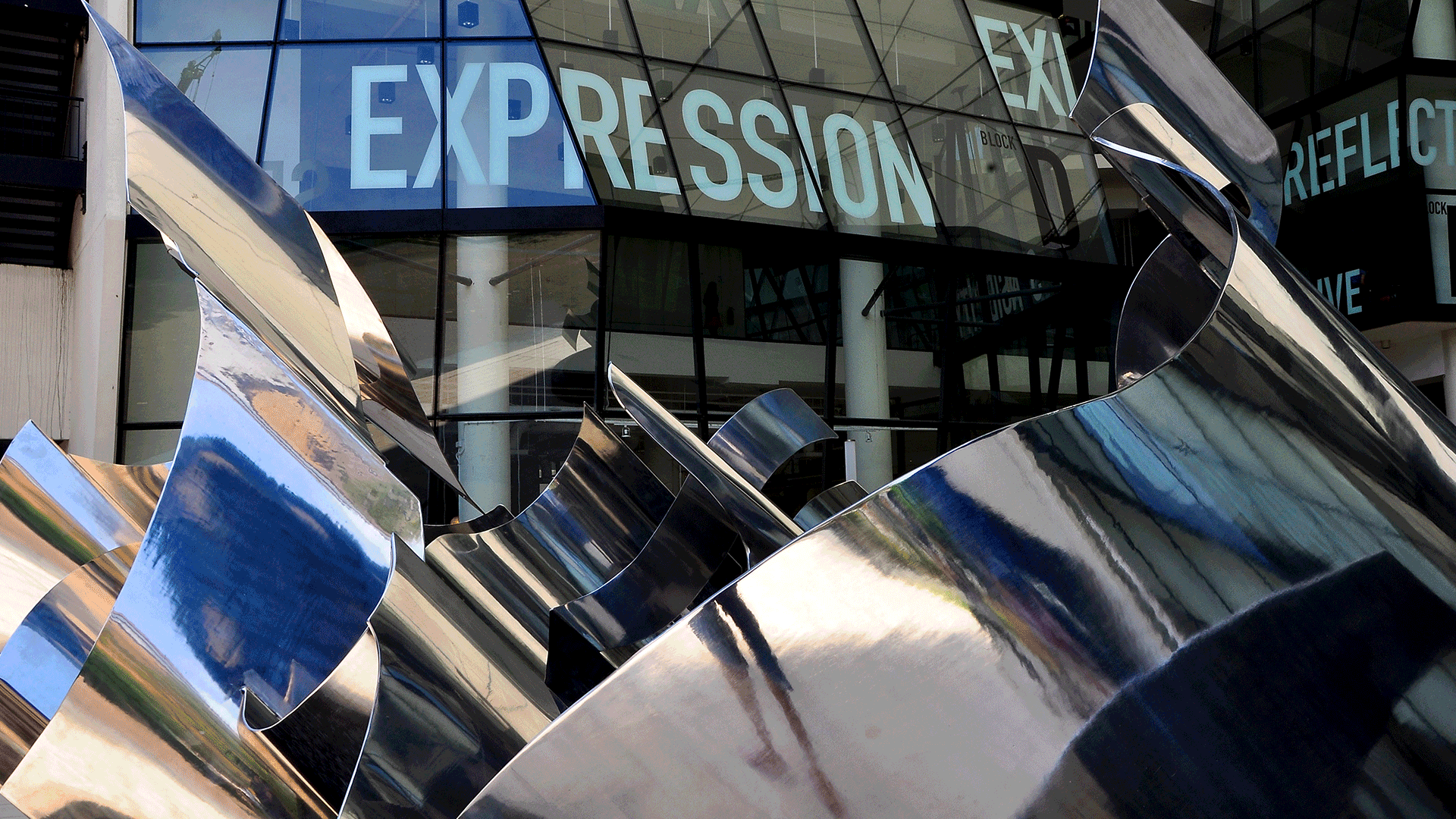
Anchal Sethi /
Know Our Partner: LASALLE College of the Arts
Read More
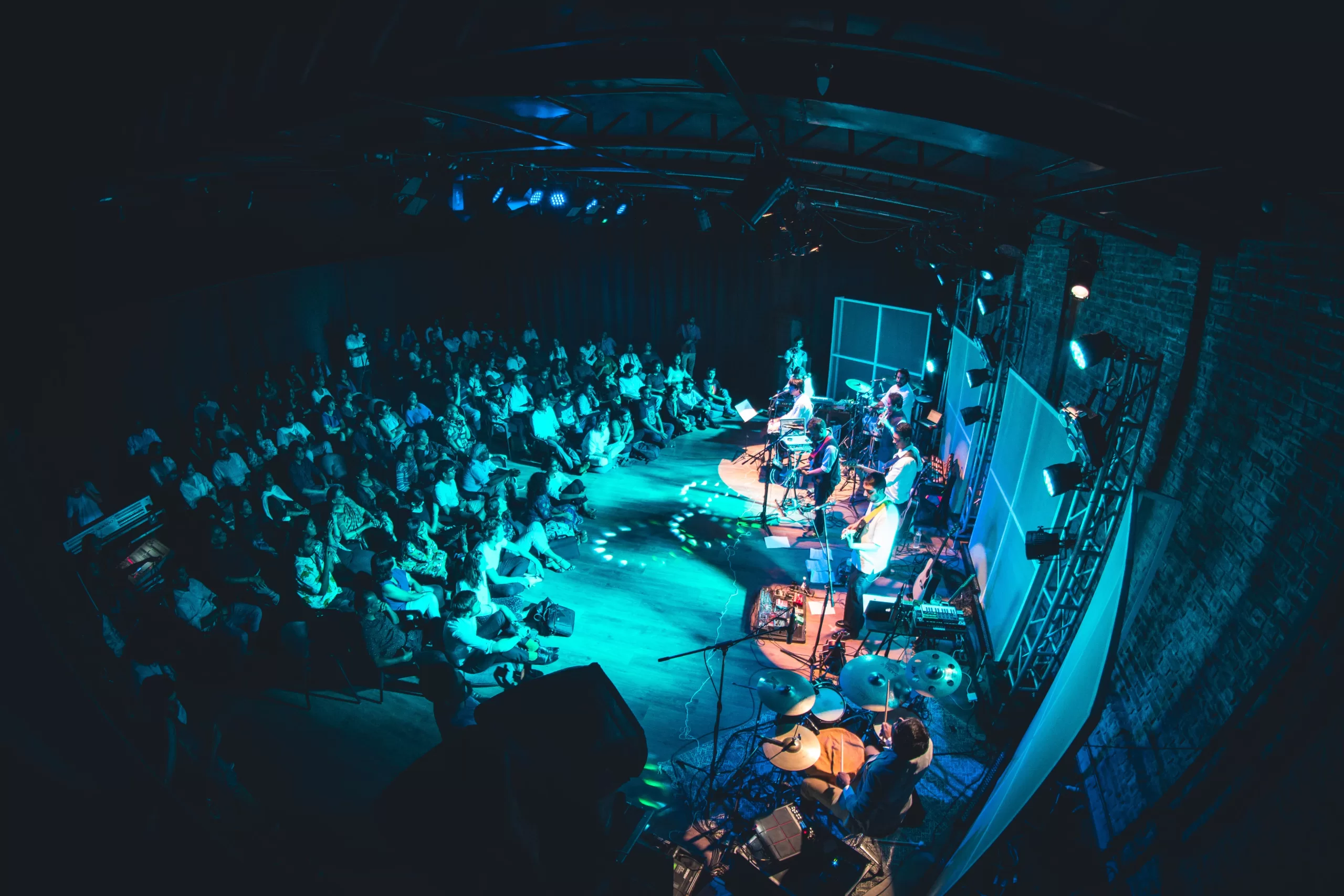
Anchal Sethi /
Advaita: A Journey of Fusion, Friendship, and the Power of Non-Duality
advaita music band indian band hindustani classical coke studio Global Music Institute global music Music Diploma delhi music schools indian music fusion
Read More
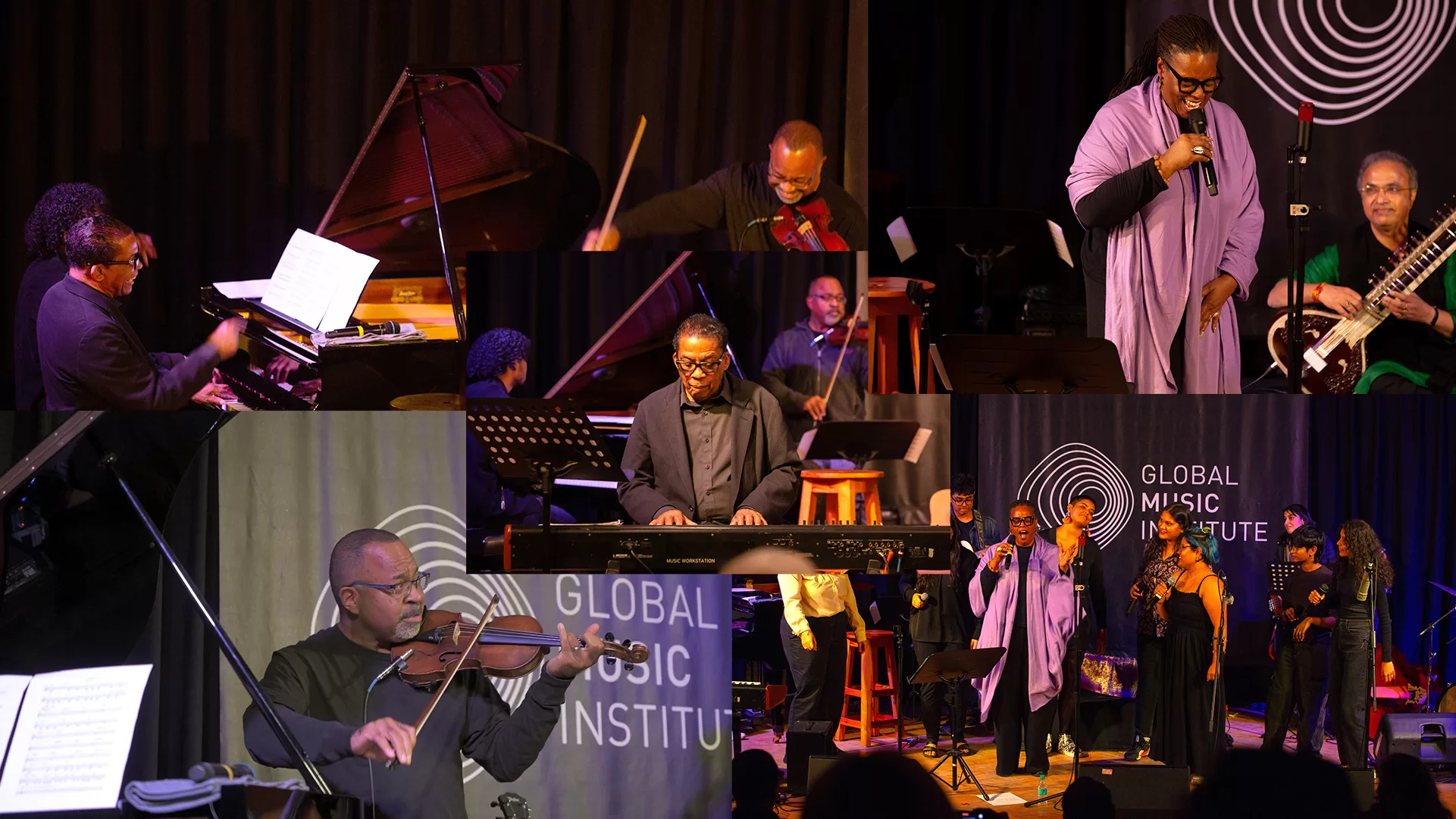
Anchal Sethi /
Ancient Footprints: A Letter From Leonard Brown
Read More
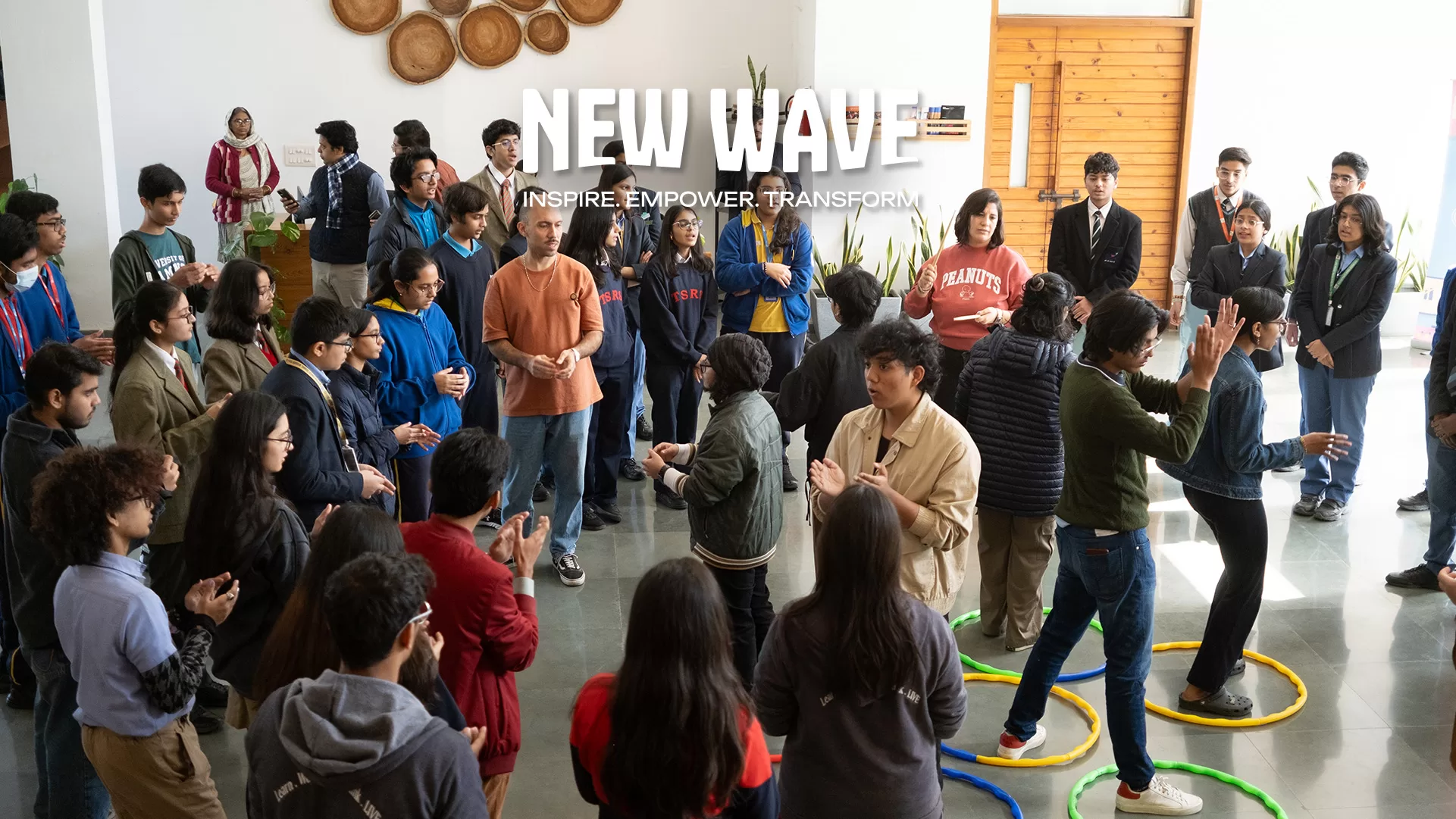
Anchal Sethi /
New Wave: Inspire. Empower. Transform
Read More
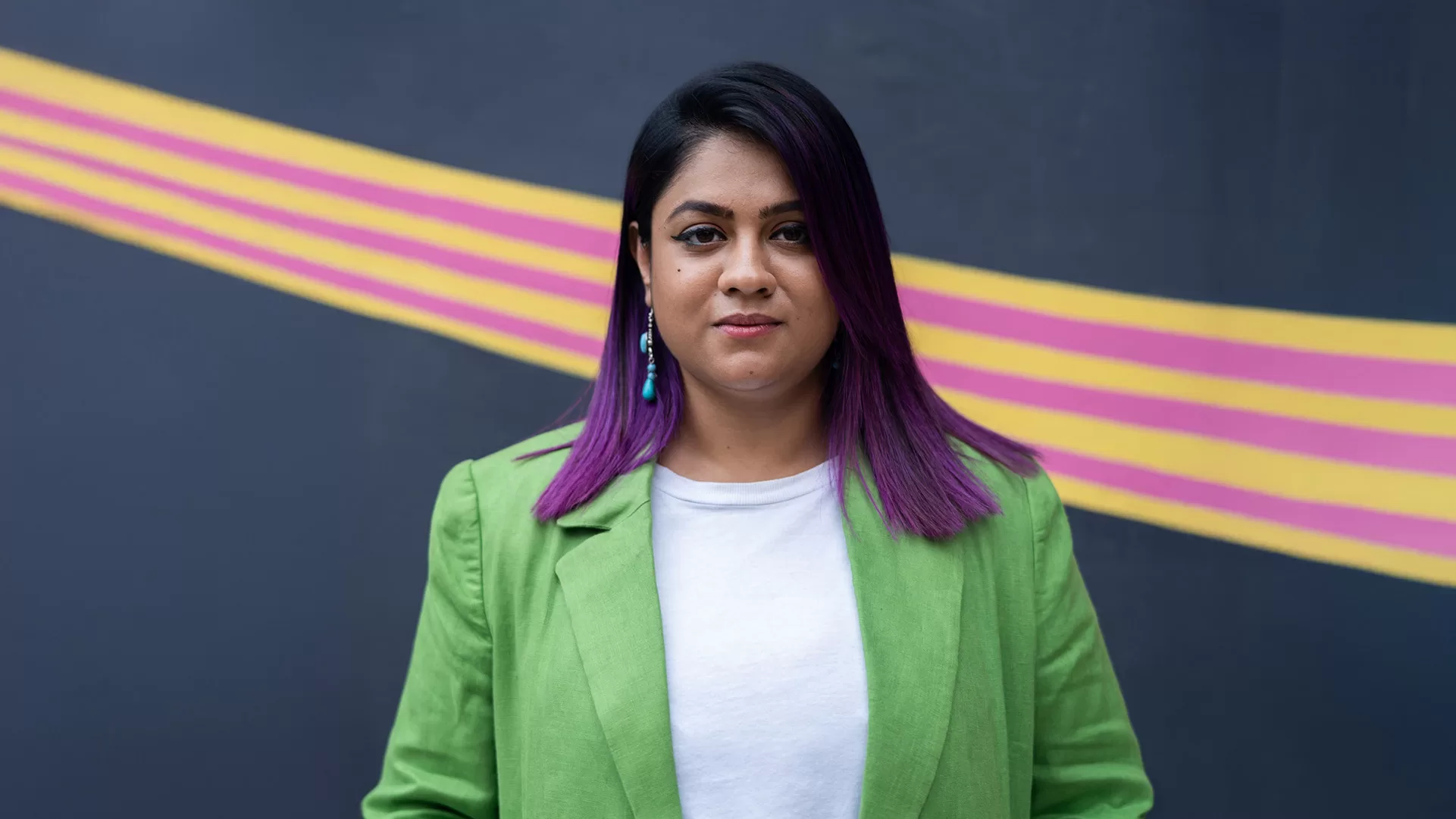
Anchal Sethi /
The Role of Music Education in Emerging Markets such as India
Read More